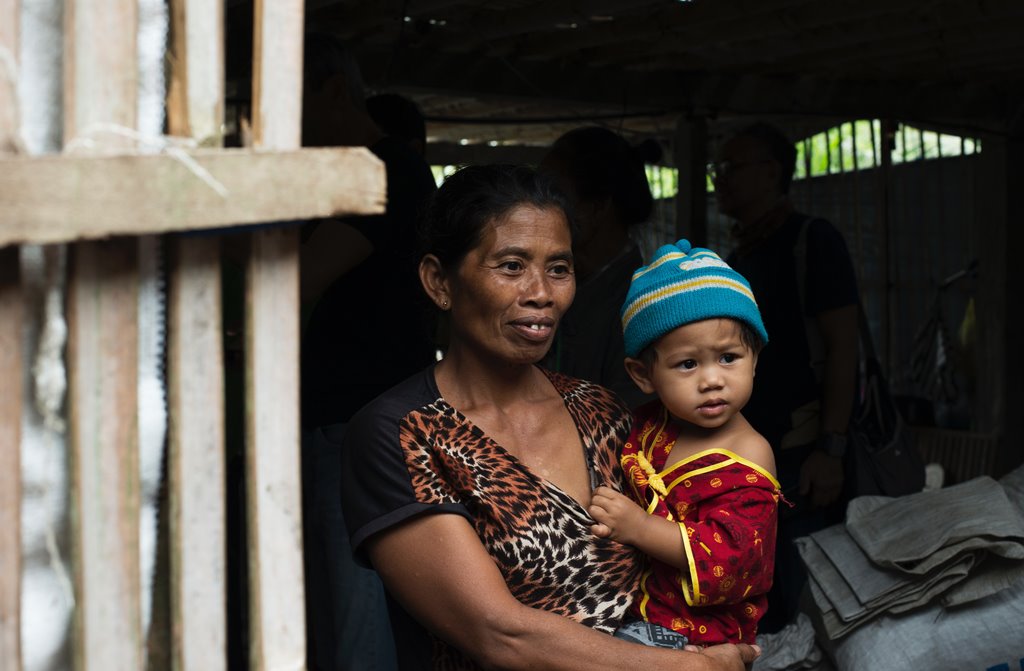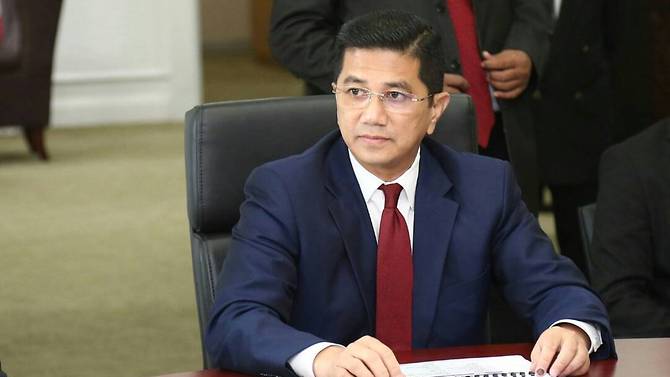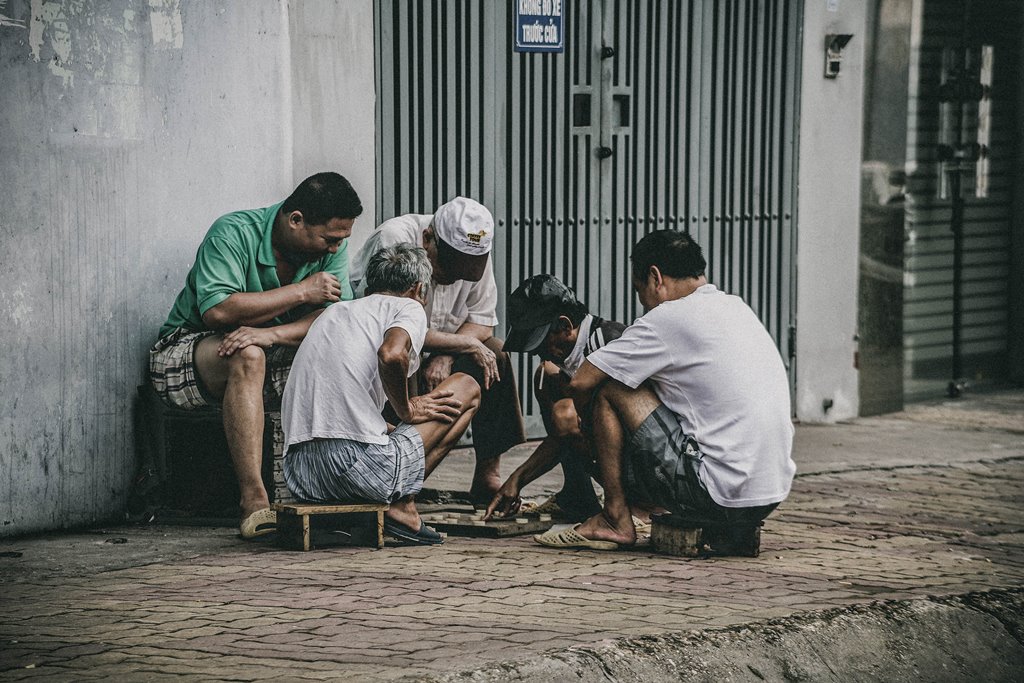The income level at which countries decide what percentage of their citizens live below the poverty line varies, and there are no hard and fast rules which are universally accepted, although the United Nations has offered a certain methodology for calculating it.
The World Bank defines “extreme poverty” as having an income of below US$1.90 a day, and in 2015, they estimated that about 10% of the world’s population lives below this level. A respected study done in the UK, meanwhile, concluded that 22% of the population lived in poverty (which presumably would also include those living in extreme poverty). Although determined by various factors, it came down to computing how many people earned less than 55% of the average income in the country. It was then decided that this would be the minimum average a person could survive on with the most basic necessities.
The official poverty rate in Malaysia is just 0.6% of the population, which would mean the country has virtually eliminated poverty, a feat that seems hard to believe for anyone who has travelled around the country. Just recently, Philip Alston, a United Nations Special Rapporteur on Extreme Poverty and Human rights made a visit to Malaysia to conduct the study needed to estimate Malaysia’s poverty rate. His preliminary report stated that Malaysia was vastly underestimating the level of poverty in the country.

He highlighted that a significant number of the population were excluded from the report such as migrant workers and refugees. He noted that they were usually denied access to local schools and often find medical care difficult to obtain. He also mentioned the inherent exploitation of migrant workers by their employers, resulting in workers receiving little to no support from the government, as well as the many indigenous tribes who are equally marginalized, and living in dire poverty.
As far as those who are included in the final figures, it was pointed out by Economic Affairs Minister that the official poverty line of RM980 a month means that a family of four are able to survive on RM32 per day. He quoted some sources as saying a realistic poverty rate would be around 15 to 16% of the population. This would be better than the UK but still very much worse than the official figures. Not surprisingly, the government rejects such a high figure although they have not commented on the many people excluded from the survey.

Image credit: Akurat.co
About 9% of households survive on less than RM2,000 a month, and many are pointing out that this would be a more reliable poverty line for a family to be able to afford basic necessities. The other factor is where they happen to live. People living in urban areas will arguably need more money to cover their basic necessities than those in rural communities.
The Economic Affairs Minister, Datuk Azmin Ali, stated that the methodology used was derived from an internationally accepted standards book based on UN guidelines. The UN response was that this only covers the methodology and the not where the country draws the line, and Malaysia has set it at too low a level. The Prime Minster has promised to study the report before deciding on any necessary changes.
Several organisations have urged the government to take a serious look at this whole issue rather than behaving that poverty is virtually non-existent, further suggesting that it is high time proper policies were enacted to address the rising problem.
Feature image credit: Đức Mạnh.
"ExpatGo welcomes and encourages comments, input, and divergent opinions. However, we kindly request that you use suitable language in your comments, and refrain from any sort of personal attack, hate speech, or disparaging rhetoric. Comments not in line with this are subject to removal from the site. "



















